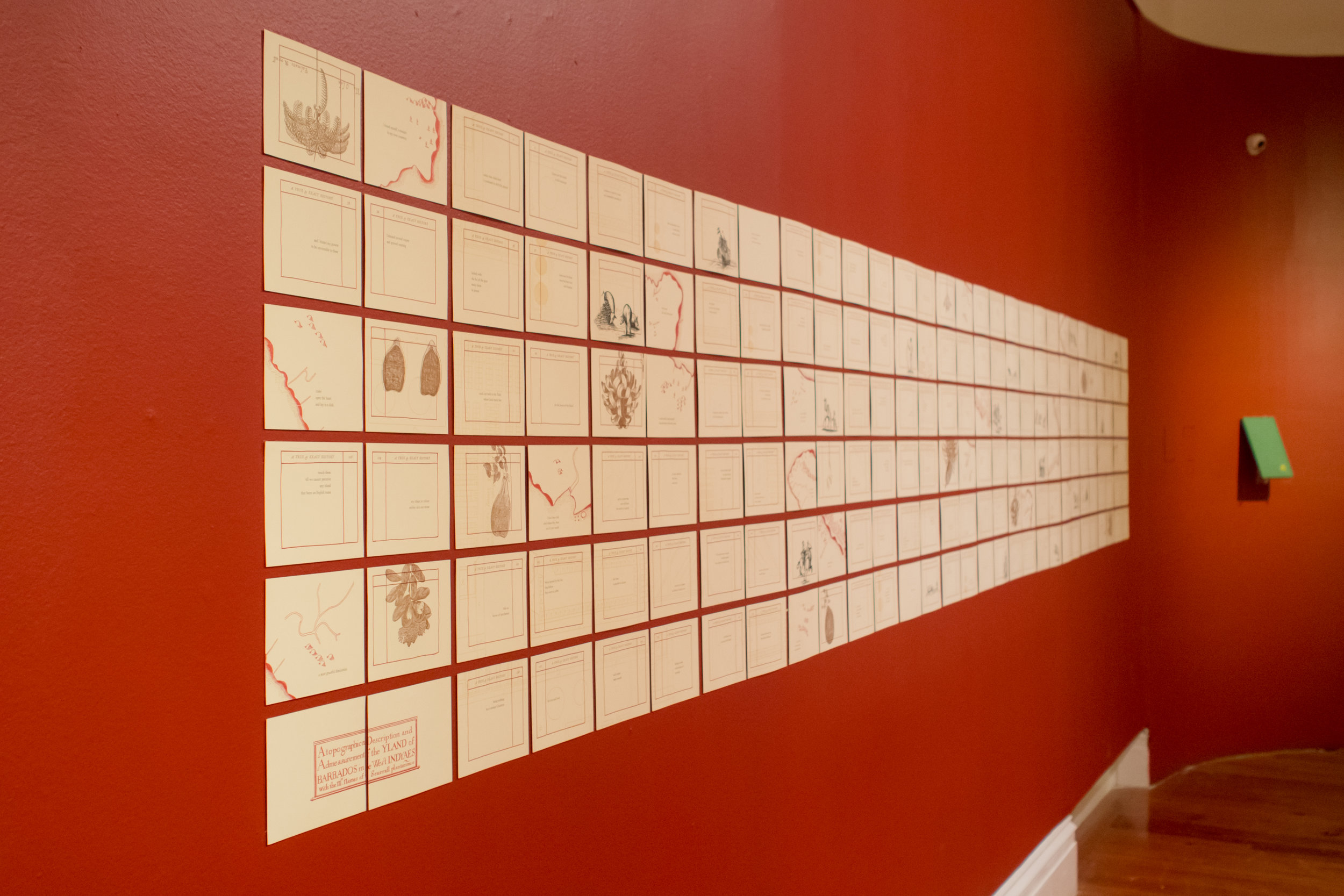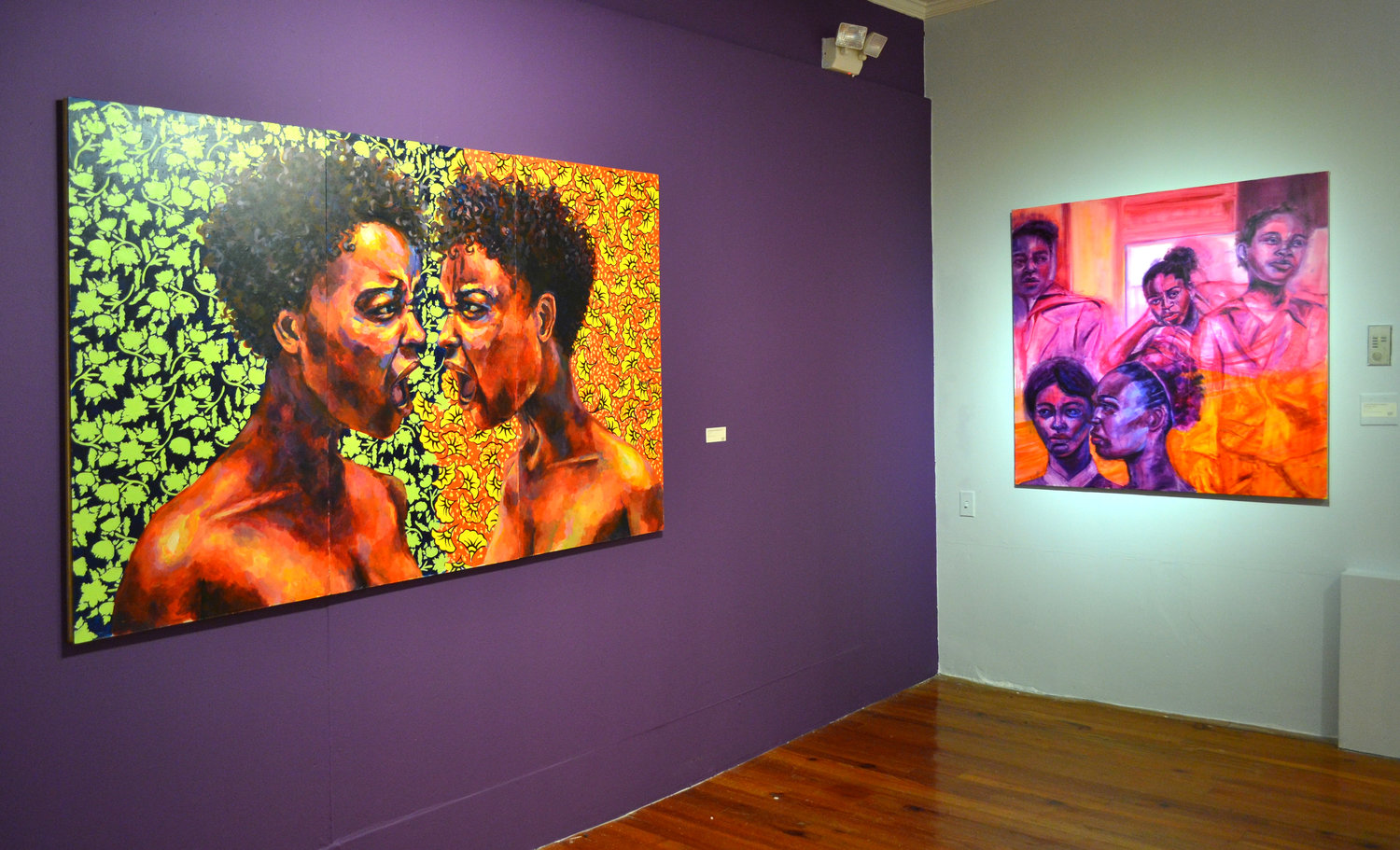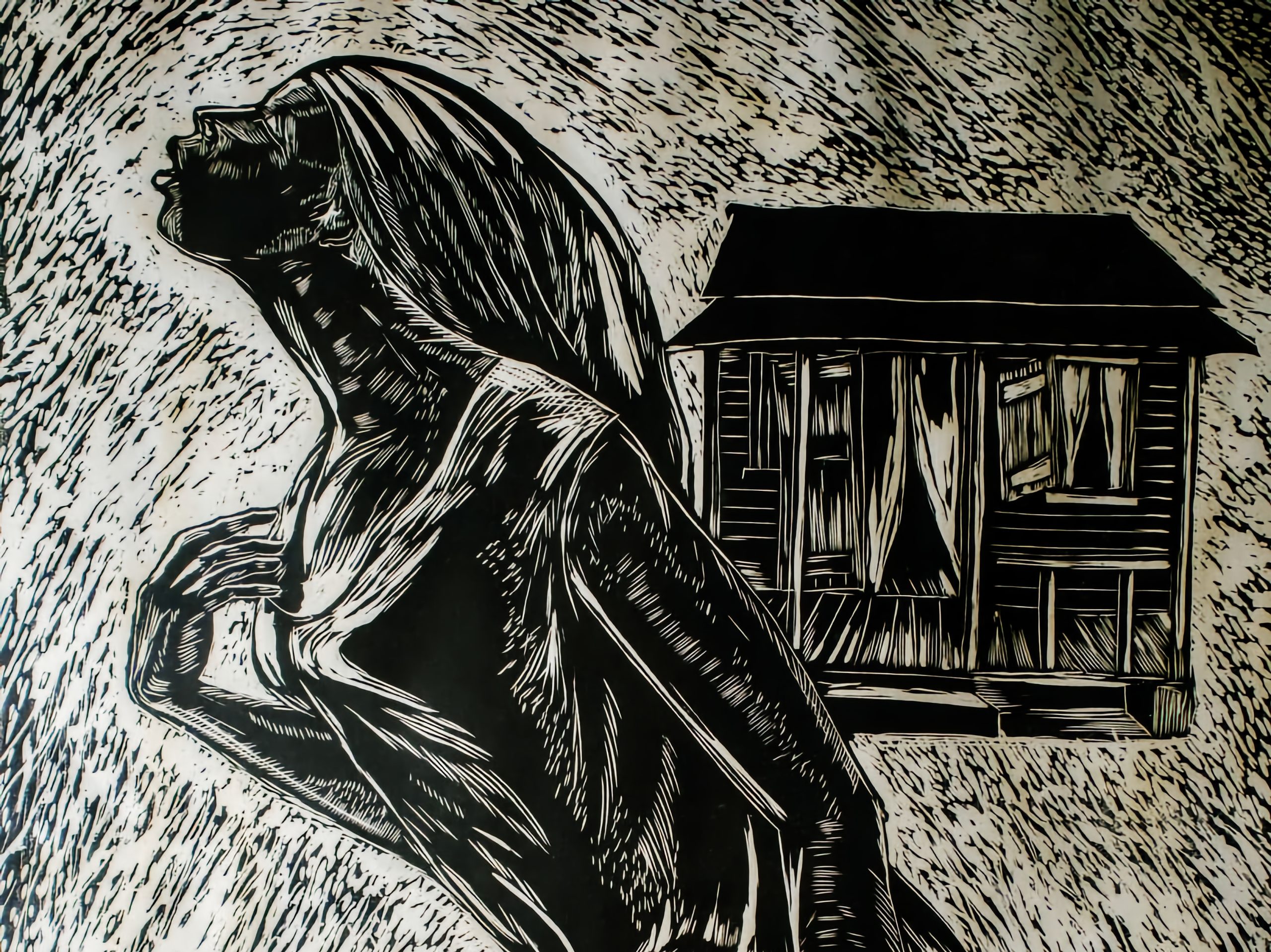The Black Woman Body Paradox
Natalie Willis · 10
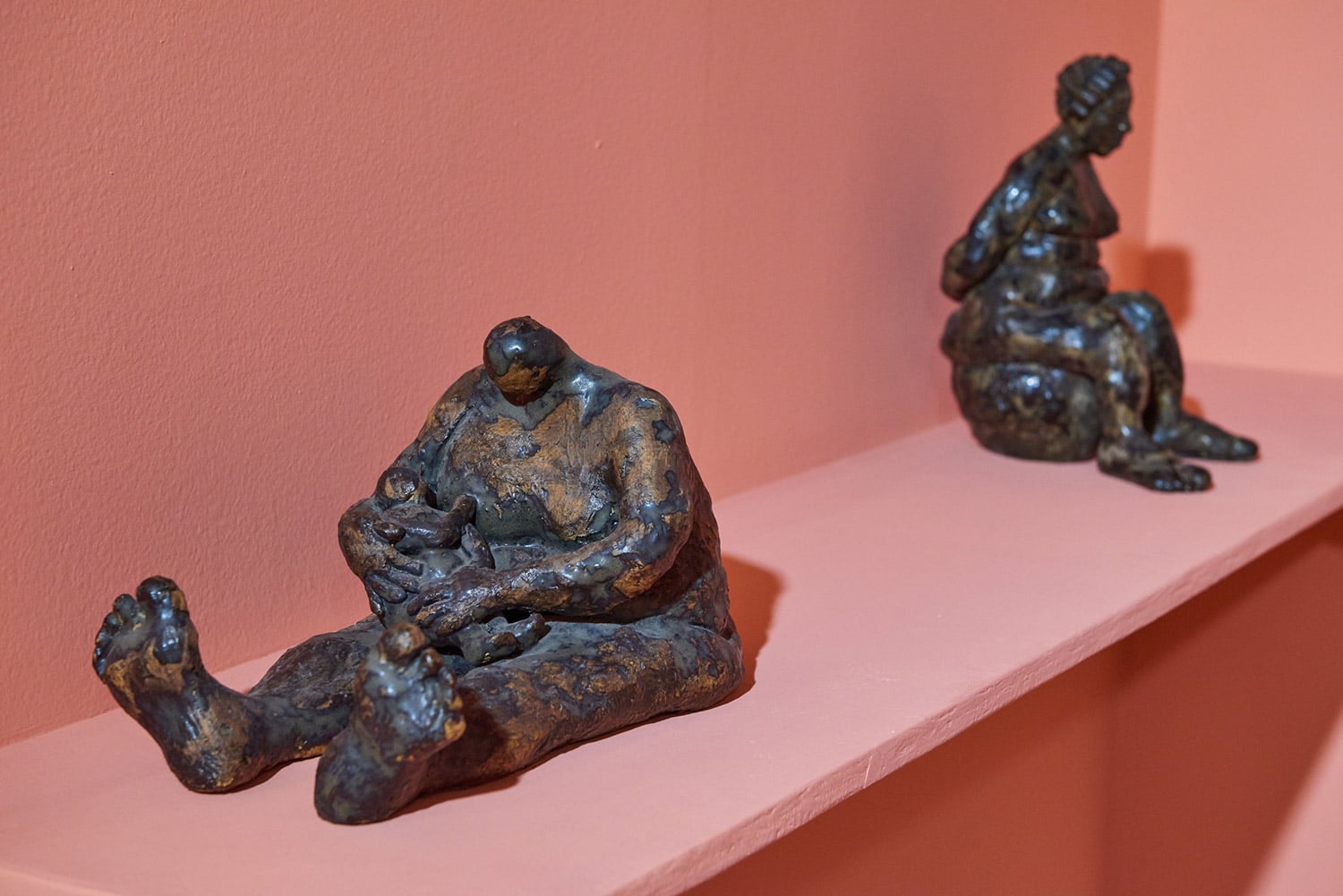
There are certain things that should unsettle us, should bother us, should make us uncomfortable – but having to live in a world that tells you that you don’t belong means you must adapt, you must swallow it down, you must get accustomed to the uncomfortable to the point that it is your normal. It is an almost universal experience for marginalized people who find themselves struggling because of their gender, skin color, class, religion, sexual orientation, or whatever sickening flavor of social discrimination is the order of the day. These are ideas that Black women in particular have been speaking to for years in social activism, and in many ways, Joann Behagg’s series of stoneware figurines depicting the “mammy” stereotype in its variations are a gateway to discussing these issues.

We see them instantly read as Black women, because of the full figure we associate with Caribbean women, but also because of the way these women mimic a familiarity we might associate with our grandmothers – the posture, the rollers, the warmth and nurturing bosom, the strength with which they sit and hold space. But there are other things we notice. There are exaggerated feet and legs to show a grounding of these earthy earthenware women, they are faceless because they could be any of us in some ways, and they are made humanoid and less human through it. This is the function of the mammy stereotype, but also of caricature. Being one-step-removed, having distance from reality by a hairline, can help to speak to wider issues with more ease and more openness. Sometimes, however, it can make it even easier to dehumanise people and situations and all the struggles that lie between.
Zora Neale Hurston, the Alabama-born American author, anthropologist, and folklorist whose work on the Black Atlantic’s spiritual cultural practices has proven seminal in our understanding of Blackness on this side of the Atlantic, has been advocating for the rights of Black women within Black activist movements for some time. In Their Eyes Were Watching God, the character Nanny, a former slave who suffered most forms of abuse imaginable, calls black women “de mule uh de world”. Hurston wrote Nanny’s words at a time when the rising tide of hope for African-American communities in the Black Nationalist movements and a growing pride in African heritage were taking root. She was also however, writing these words in the strong tradition of Black feminist thought, to critique the way that Black women have systematically and historically been sidelined in the movement for Black equity. For Hurston, Black women are the “mules” of the world because they often do so much heavy lifting, so much carrying of the burden, of the progression of Black people. Behagg’s grounded, salt-of-the-earth women, shaped from the ground itself, are in many ways a testament to this.
So too are the bodies of Black women of size made to bear burden. It is an interesting conundrum in this world, to be at once fetishised and derided, to be “too visible” and mocked but also invisible and not accounted for in movements for equality and care. Roxane Gay, an American intersectional-feminist writer of Haitian heritage, sums up the experience quite succinctly in its difficulty in her body-memoir entitled Hunger (2017) in saying: “As a woman, as a fat woman, I am not supposed to take up space. And yet, as a feminist, I am encouraged to believe I can take up space. I live in a contradictory space where I should try to take up space but not too much of it, and not in the wrong way, where the wrong way is any way where my body is concerned.” Black women of size such as Gay live in this liminal space, this floating and uncertain ground in the middle of the Venn diagram of “Black” “Woman” and “Plus-sized” that, not unlike the trope of the “mammy”, are desexualised and denied their own sexuality but with hypersexualised traits – because we know in The Bahamas bungee reigns supreme.
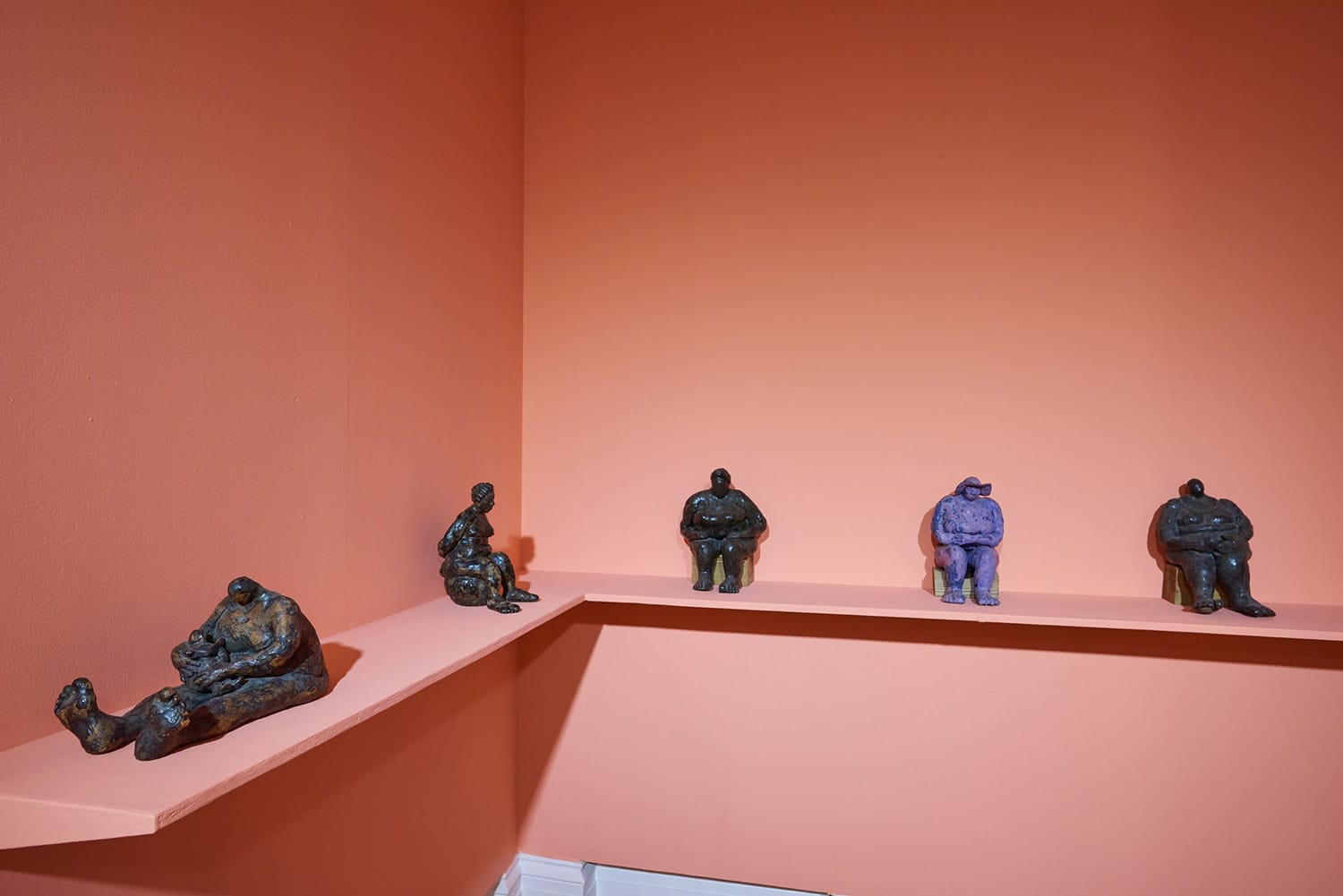
They are women who are told regularly that they are undesirable, yet also fetishized, and are often relegated to domesticity and nurturing by default without accounting for their own wants and needs. This is not to say that The Bahamas doesn’t have a certain love and space for women of size, but it is one that still remains quite shifting and quite fetishized, and Behagg’s figures celebrate this body type whilst still drawing attention to the tropes that plague the women who fit into this category. These women who so often do the emotional labour for us, tending to our feelings and wellbeing as it is regularly considered “a given”, who are the “mules uh de world” should not have to be strong all the time. The emphasized hands and feet of Behagg’s figures that represent the thankless work that Black women through time have endured for the betterment of everyone but themselves.
To part, I will leave a few last words from Gay: “It’s scary believing that you, as you are, could ever be enough.” Black women, big women, queer women, poor women – you are entirely and utterly enough and deserve to embrace your own shining, resilient, softest humanity.
Behagg’s series of earthenware women are on view in Hard Mouth: From the Tongue of the Ocean through June 2019.
